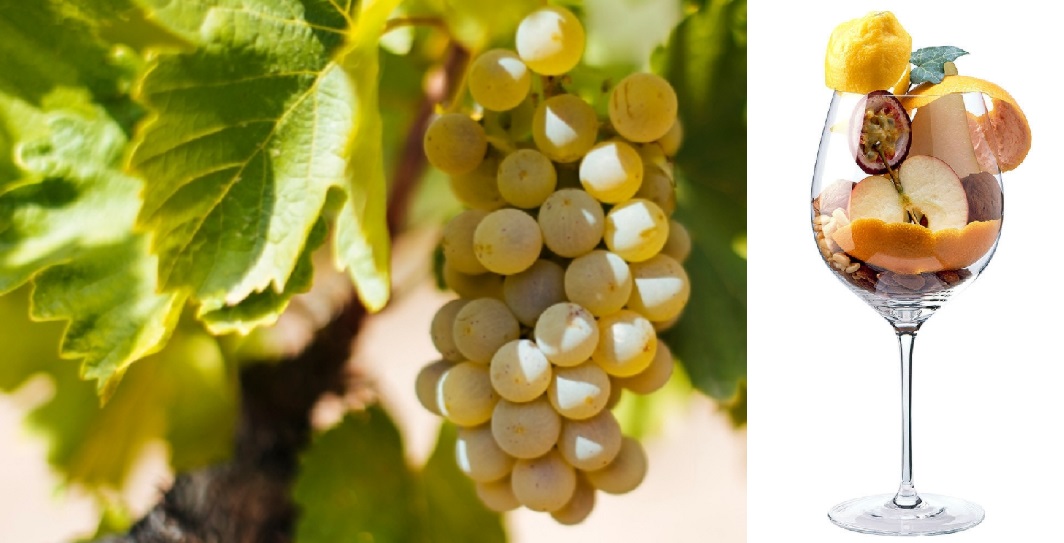The white grape variety originates from Spain. The name means "greenish" and refers to the striking blue-green colour of the grapes. Synonyms are Albillo de Nava, Albillo Nava, Boto de Gall, Botón de Gallo Blanco, Cepa de Madrigal, Goluvelo, Verdal del Pais, Verdeja, Verdeja Blanca, Verdejo Blanco, Verdejo Pálido and Verdelho. It should not be confused with the varieties Planta Fina (Damaschino), Godello (sibling), Verdejo de Salamanca, Verdejo Serrano, Verdelho or Verdello, despite seemingly suggestive synonyms or morphological similarities. The variety is not a colour mutation of Trousseau Noir (Verdejo Negro) and there is no genetic link to the red variety Pedral (Verdejo Colorado). According to DNA analyses carried out in 2021, it is a presumably natural cross between Castellana Blanca x Savagnin Blanc (Traminer). However, this is based on only 20 DNA markers (see molecular genetics).

The early-maturing vine is resistant to drought, but susceptible to powdery mildew. It produces aromatic, extract-rich wines with flavours of laurel and bitter almonds with a nutty character in more mature wines, which also have ageing potential. These are often blended with other varieties, but are also increasingly being vinified as single varietals. They are also used for the production of sparkling wines and fortified wines. The variety is cultivated in the regions of Castile-León, Castile-La Mancha and Extremadura. In 2016, a total of 17,931 hectares of vineyards were designated in Spain, with an upward trend. There are also smaller populations in Australia with 6 hectares and Chile with 2 hectares. This puts the variety in 45th place in the global grape variety ranking (Kym Anderson).
Source: Wine Grapes / J. Robinson, J. Harding, J. Vouillamoz / Penguin Books Ltd. 2012
Verdejo grape: Riojawine
Flavours in the glass: © by armin faber Info@faberpartner.de
Voices of our members

There is a vast number of sources on the web where one can acquire knowledge about wine. But none has the scope, timeliness and accuracy of the information in the encyclopaedia at wein.plus. I use it regularly and rely on it.
Sigi Hiss
freier Autor und Weinberater (Fine, Vinum u.a.), Bad Krozingen